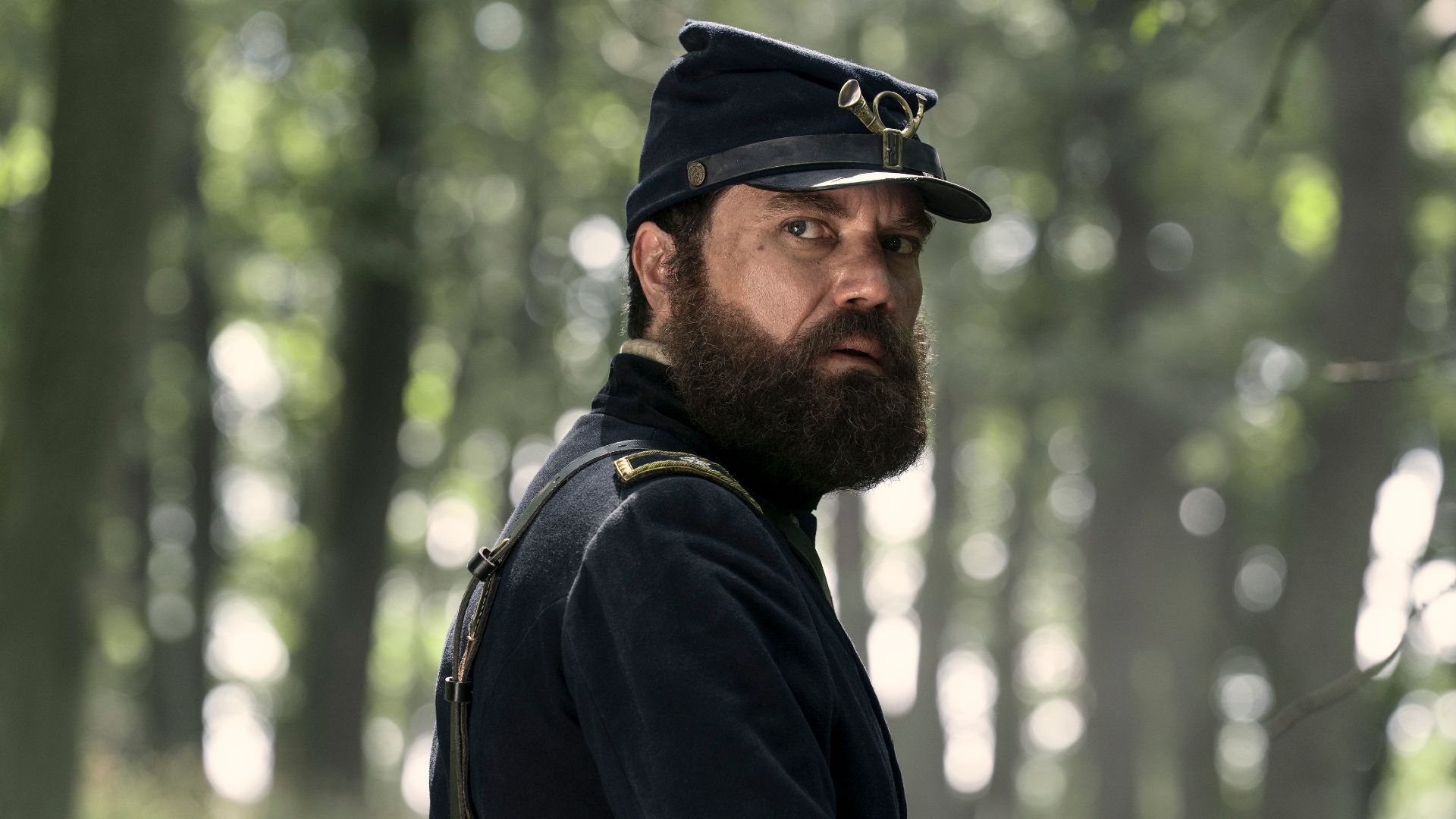
In the book and series “Death by Lightning,” author Candice Millard and creator Mike Makowsky explore the true cause of President James Garfield’s death. The story culminates in Garfield (played by Michael Shannon) being shot by Charles Guiteau (Matthew Macfadyen), a former admirer. The series also shows the unsuccessful efforts of doctors Bliss (Željko Ivanek) and Purvis (Shaun Parkes) to save the President’s life.
In a conversation with Netflix, historians Millard and Makowsky detailed the real cause of President Garfield’s death, and how the documentary Death by Lightning accurately portrays it. They pointed out that while previous presidents had faced assassination attempts, it wasn’t until after McKinley’s death that the Secret Service was officially created. Before 1903, presidents who wanted security had to hire it themselves.
Mike Makowsky pointed out the irony that the victim dismissed his wife’s concerns about hiring private security. As depicted in the show, he believed you couldn’t really prevent assassination any more than you could avoid being struck by lightning, and thought it was best not to dwell on either possibility.
Candice Millard points out that it wasn’t until after President McKinley was assassinated that the country began to seriously consider presidential protection.
Although James Garfield was shot by Charles Guiteau, the gunshot wound itself likely wouldn’t have been fatal with today’s medical care. Unfortunately, doctors at the time didn’t fully understand the importance of cleanliness and infection control. They repeatedly probed the wound trying to find the bullet, and this, combined with a lack of antiseptic practices, likely caused a deadly infection. One doctor, Purvis, even advised another, Bliss, to sterilize the wound, but his advice was ignored.
Candice Millard explains that when Guiteau shot Garfield, the bullet entered his back but thankfully missed any critical organs or his spine. This happened shortly after the Civil War, a time when many men were living with bullets lodged in their bodies. Remarkably, the man who initially apprehended Guiteau after the shooting himself had a bullet in his brain and had been living with it for years.
According to Mike Makowsky, another doctor named Charles Purvis was present at the train station. Purvis, familiar with recent European medical advancements, strongly advised Bliss to sterilize his instrument, but Bliss disregarded the advice. Bliss didn’t accept the idea of germs and dismissed the younger doctor. While Guiteau fired the shot that hit Garfield, Makowsky argues he wasn’t the one ultimately responsible for the president’s death.
According to the article, Garfield’s slow decline was largely due to his doctor, Bliss, ignoring the suggestions of others. Alexander Graham Bell, featured in Death by Lightning, was one of those who offered advice, believing a bullet remained lodged inside the President. Unfortunately, the chief physician disregarded this idea, a decision that could have saved Garfield’s life.
 Courtesy of Netflix
Courtesy of Netflix
The assassination of President Garfield is a significant event in history, as it resulted in the shortest presidential term ever. However, the circumstances surrounding his death are particularly heartbreaking. Garfield was shot on July 2, 1881, but surprisingly survived for over two months, finally passing away on September 19th. This prolonged and painful suffering is made even more tragic by the fact that medical errors contributed to his death.
After President Garfield died, Charles Guiteau stood trial, acting as his own lawyer. The case gained national attention, not just because of the presidential assassination, but also because of Guiteau’s strange behavior, which led to debate among doctors about his mental state. He was sentenced to death on February 4, 1882.
As a movie reviewer, I was struck by how powerfully Death by Lightning captured the events surrounding President Garfield’s assassination and the chaos that followed. While it’s a deeply sad story, the film also subtly points to a positive outcome: Garfield’s death, as awful as it was, ultimately led to significant changes in presidential security and the creation of the Secret Service. It’s a small comfort, but the film doesn’t shy away from showing that even in tragedy, there can be a glimmer of progress.
Read More
- Mobile Legends: Bang Bang (MLBB) Sora Guide: Best Build, Emblem and Gameplay Tips
- Clash Royale Best Boss Bandit Champion decks
- Brawl Stars December 2025 Brawl Talk: Two New Brawlers, Buffie, Vault, New Skins, Game Modes, and more
- Best Hero Card Decks in Clash Royale
- All Brawl Stars Brawliday Rewards For 2025
- Best Arena 9 Decks in Clast Royale
- Clash Royale December 2025: Events, Challenges, Tournaments, and Rewards
- Call of Duty Mobile: DMZ Recon Guide: Overview, How to Play, Progression, and more
- Clash Royale Witch Evolution best decks guide
- Clash Royale Best Arena 14 Decks
2025-11-10 18:49